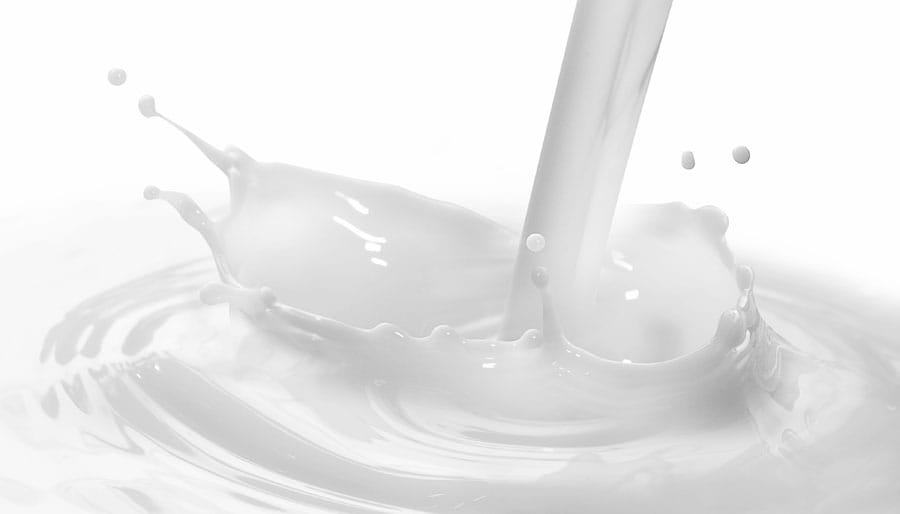The BRT Inhibitor Test operates by making use of the sensitivity of specific test bacteria to antibiotics (and other inhibitors). With inhibitors present, metabolic activity, and thereby also the growth of the test bacteria, is prevented or slowed down.
The BRT Inhibitor Test is based on the Brilliant Black Reduction Test principle, in which a reduction process is used to measure the level of growth with the help of colored indicators. The color of the indicator changes from blue to yellow in response to the acidic metabolic products of a growing test culture.
In the case of incubation with inhibitor-free milk, the test bacteria will grow and cause a color change to yellow and the test is considered negative.
Should the milk tested contain inhibitors, this color change will not happen, or happen only to a smaller degree, and the color will remain blue. This signifies a positive milk sample. The BRT Inhibitor Test shows very good sensitivities to beta- lactams, below but still close to the EU MRLs. The BRT Inhibitor Test is a relatively fast test for a microbiological test, and only takes 2 hours 15 minutes ± 30 minutes.
The BRT Inhibitor Test is very suited to testing on the farm and is especially relevant for users primarily concerned with detecting beta-lactam antibiotics.

